A free invitation to peek behind BA’s closed doors
Nosing around buildings and peering into people’s living rooms is a favourite personal past time but let’s face it, plenty of disgruntled residents would prefer me to keep my beak out. Open House festival however, gives everyone license to snoop around some of Buenos Aires’ most revered and interesting spaces for free, over a playful 48 hours.
Doors to usually closed spheres such as private homes, studios and workspaces are open to the public, revealing the stories and secrets buried within the bricks and mortar. Now in its fourth year in Buenos Aires, the annual event pops up in over 30 cities around the world. People so often avoid eye contact for fear of intimacy or stepping in dog pavement presents when rushing around the streets, but Open House creates space for us to remember to look up and appreciate the facades as well as functions of the urban landscape.
HOW TO GET INVOLVED…
Make the most of the festival when it comes around again by going online to the Open House website and pre register for the buildings that grab you for guaranteed access. If you’re a bit of a last minute wonder (like me), a bit of blagging can go a long way, but if that fails, jump on one of the three walking tour caminos which fill your head with facts too numerous to mention but are a great introduction. Choose from Catedral al Sur, exploring the city’s colonial south, Avenida de Mayo, focusing on the Belle Époque, or as I did, the commercial and financial center. Get ready to crane your neck and look up!
Open Caminos BsAs: ORÍGENES DE “LA CITY” PORTEÑA
The weekend hiatus of stomping suits gives the banking and business nucleus of ‘the city’ a very different feel. The familiar blocks took on fresh personalities as I roamed, often lagging behind the group, filling up my memory card and cabeza with facts about the foundation of Buenos Aires’ first businesses and religious orders as well as its colonial and independent eras.
Here’s our quick guide to some of the downtown architectural gems – take your self off for a wander and let The Real Argentina be your guide…
BANKING BUENOS AIRES
The rapid growth of Argentina’s economy in the late nineteenth century is reflected in the impressive architecture.
Banco de La Nación. Bartolomé Mitre 326. 1944, Alejandro Bustillo.
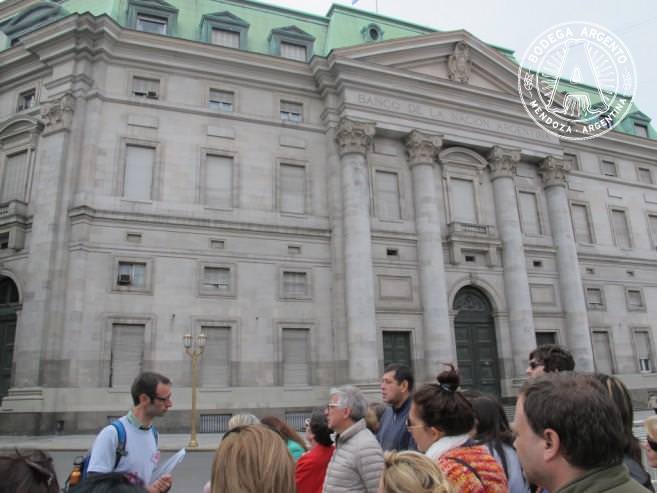
Occupying an entire block in front of La Casa Rosada on Plaza de Mayo, this monumental statement is big on style and pretention. Its 100,000 square meters boast a gigantic 50 meter dome and was the original site of the famous Teatro Colón theatre from 1857-1888. It shows off an eclectic mix of neoclassical architecture in vogue during the 1930s with dominating Corinthian columns – a clear nod to the French. Take a week-day peek inside its polished stone interior to admire the illuminated glass ceilings and original cash desks, which leave you wondering if you’ve just walked on to a film set. Don’t be tempted to snap a photo though – onsite police will confiscate your camera.
Banco Hipotecario – ex Banco de Londres (ex London Bank)
Reconquista 101. 1959/66, Sánchez Elía, Peralta Ramos y Agostini, SEPRA y Clorindo Testa.
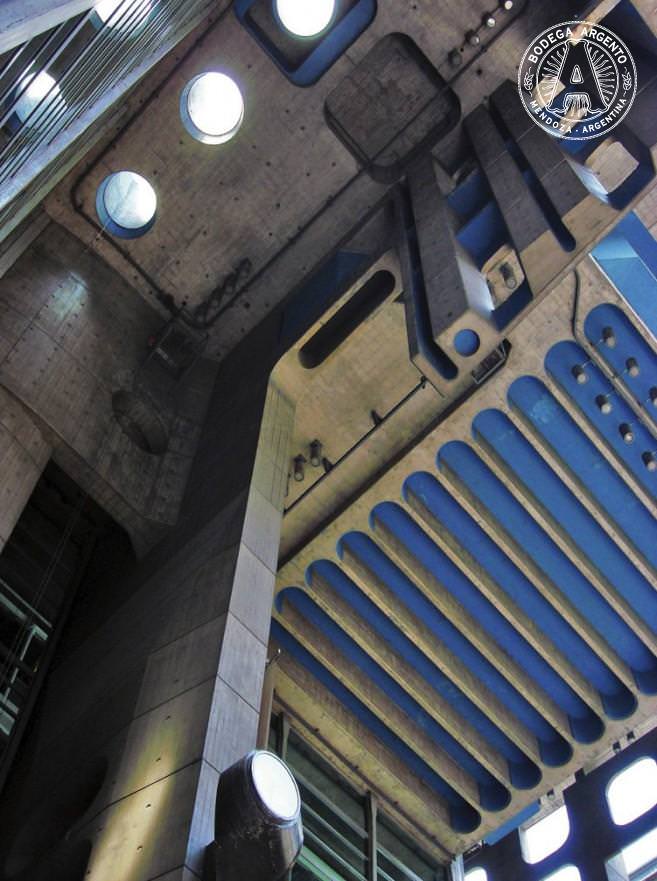
Looking like an industrial sized version of connect four, Banco Hipotecario plays with transparency, rebuffing the concept of banks as impenetrable entities. The orthodox inner building is cloaked by an outer skeletal, sculpted strikingly not only to draw attention but also allowing light to enter whilst providing protection from the sun. A dialogue between the street and building is encouraged and even the circular nucleus of the interior serves a structural purpose. Original and bold, it stands as one of the modern masterpieces of Argentine architecture. If you’re discrete and ask security politely, you’ll be waved through on a weekday to appreciate this 60s geometric giant. Again – no photos allowed.
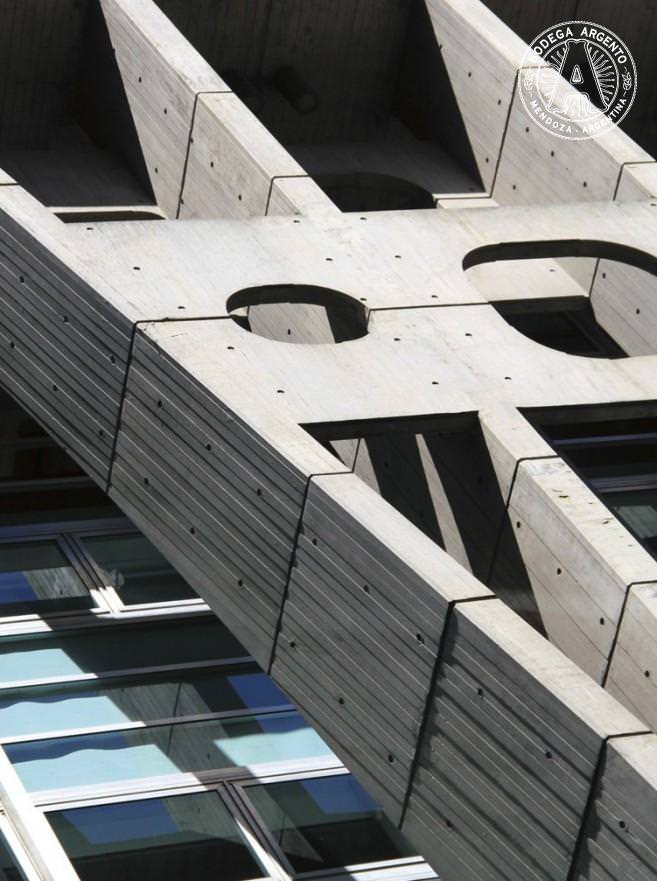
Diagonal Roque Saenz Peña 615. 1928, Eduard Le Monnier.

On the intersection of calle Florida’s hectic shopping district and Diagonal Norte, you can’t fail to notice the striking tower or cúpula reigning over you. The eclectic façade sets it apart from its neigbours, but look a bit closer to observe the subtle differences on each level. The homogenous illusion along with it’s sister buildings ‘La Equitativa del Plata’ and the ‘Ex Banco de Boston’, whose corresponding cúpulas exchange gazes on the adjacent corners, make it worth getting stopped at a red light.
Fancy going up to the cúpula and making like Rapunzel? Film and TV company Estudios Caracol take charge of the tower for shoots and plays and I’ve been lucky enough to get in on a gig there hosted by Sofar Sounds BsAs, so your fairy tale dreams may come true after all.
Florida 165/San Martin 170. 1912/15 Francesco T. Gianotti.
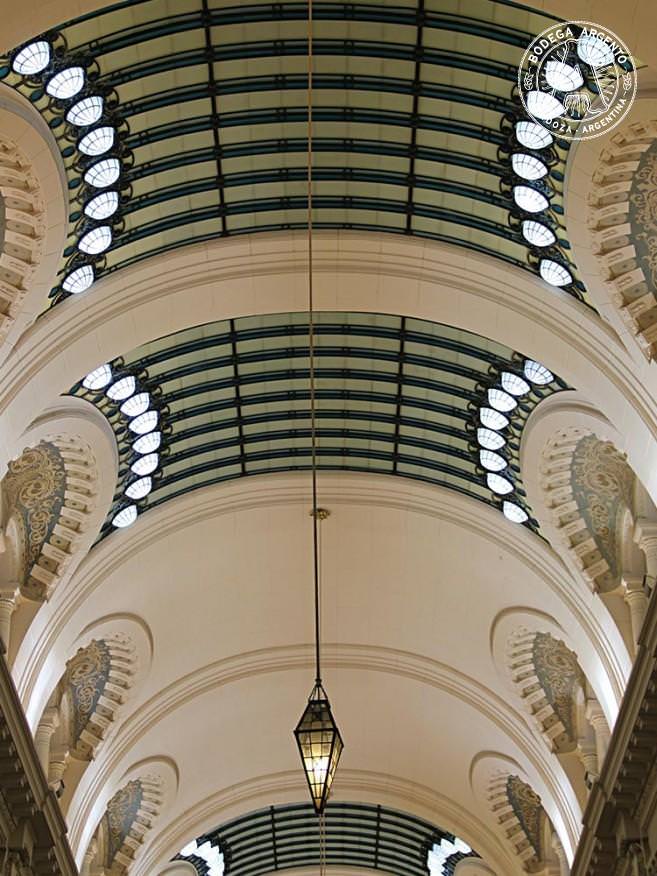
Creating much more than just a gallery to connect two busy downtown streets, Gianotti’s striking modern eclecticism design still holds immeasurable cultural value. One of the first of it’s kind to offer a multi-use space for shops, offices, a cinema, restaurants, cabaret hall, and bank branch under one luxuriously detailed roof, its original grandeur leaves tactile memories of more prosperous times.
Ex Correo Central – Centro Cultural Kirchner
Sarmiento 151. 2006/15 Bares & Asoc. (B4FS) & Becker – Ferrari.
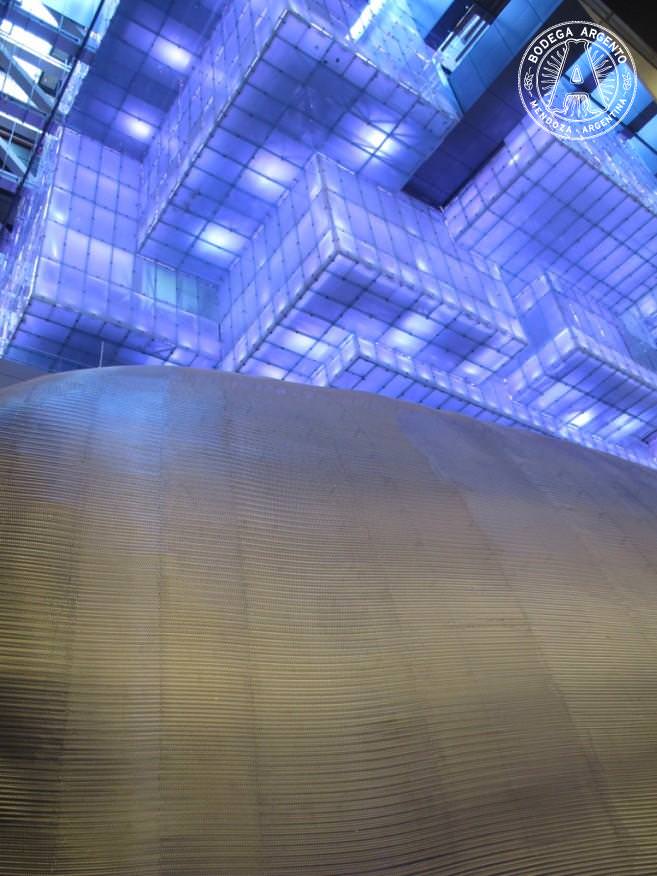
Finally opening its doors after nine years and 2.4 billion pesos of impressive restoration work, the CCK – christened such after the death of former president Néstor Kirchner in 2010 – got the best looking face-lift this side of Recoleta. Its curiously exquisite auditorium, ‘ballena azul’ or blue whale is the showstopper, seemingly levitating its huge 1,950 seated mass within the main cavern of the building. On my Open House visit a folclore band were playing live in the palatial foyer, followed by flash-mob opera as the public shared incredulous looks of appreciation in acknowledgement of the cultural treats rolling out. Guided tours and some exhibitions start up from early February and keep a check on the currently suspended summer schedule for a multitude of free exhibitions and live shows when things get going again in mid-March.
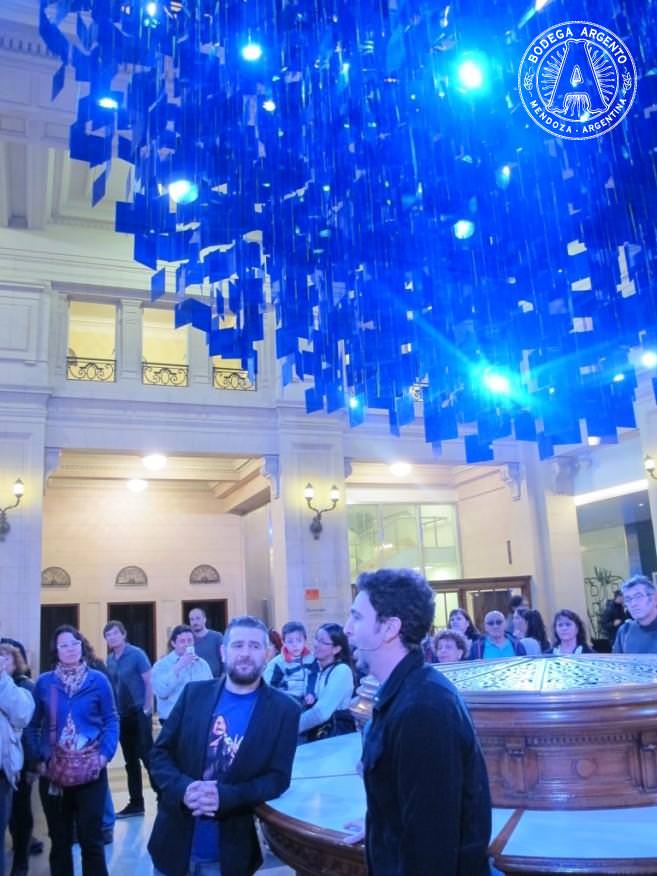
¿Tu casa es mi casa, no?
More like, ‘I wish your house was my house, can I move in and we’ll live happily ever after?’ My wish almost came true when I chance booked a stay on Air B&B in Edificio Giribone. An award winning block of seven bijoux but perfectly formed apartments are formed around a central patio, which hosts the architect’s studio Ventura-Virzi on the ground floor. My hostess-with-the-mostess Dario also worked as an architect and his lush balcony was camouflaged from passers-by with perforated metal screens that also cool the temperature down.
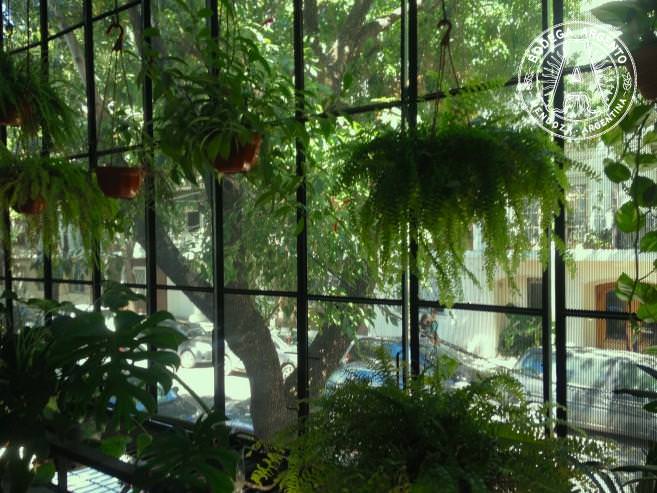
The leafier barrios of Colegiales, Villa Crespo and Villa Urquiza are throwing up some of the most eco-innovative low-rise buildings around if you are game for exploring. By adopting textured, malleable metal and wood panels, buildings appear as a homogenous whole yet with a façade that’s still in movement.
ORIGINAL ON THE BLOCK
Virrey del Pino 2446. 1941 Jorge Ferrari Hardoy y Juan Kurchan.
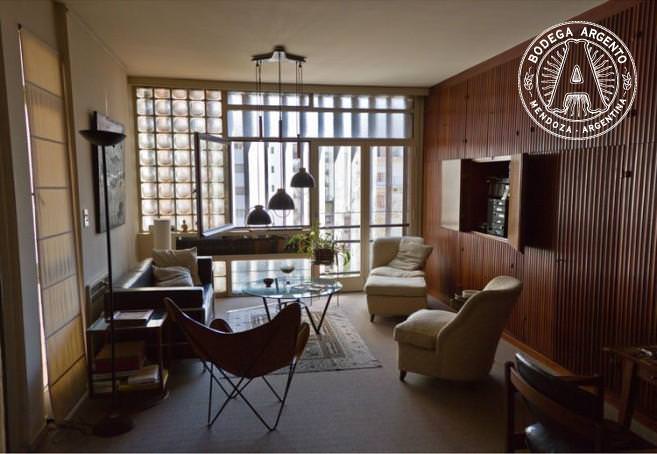
This was a game changing design for living. Namesaked for the three aging Eucalyptus trees behind which the 10 story building was built, the architects ideal of integrating community and space into the urban landscape saw them strike out with – now – common place shared facilities trends such as; games and laundry rooms and parking. Their aim of softening the edges of urban life occurred literally by respecting the natural positioning of the trees, thereby creating an expansive garden haven set back from the bustling street. The non 2.4 family future was even accommodated for way ahead of the times, with rooms given transformative possibilities by walls that could be annexed or separated as required.
OTHER TOP TIPS FOR DESIGNING YOUR OWN ARCHITECTURE TRAIL
Explore the following foodie, arty and cultural sites to get a quick fix until the next festival comes around…
History Fans head to Zanjon de Granados y Casa Minima and explore more than five centuries of Porteño life in the underground passageways.
Book fiends delight in the 60s, brutalist Biblioteca Nacional.
A taste for the finer things in life can be satisfied by events and sophisticated dining on the secluded patio of 1920s eclectic mansion Casa Cavia. The 1920s Norwegian designed gem is an inviting pleasure pad.
Rough around the edges Pulpería Quilapán is as campo country feel as it gets in the capital. Picada the afternoon away on typical cheese and meat spreads accompanied by a craft beer or cider.
Cultural capers abound at the opulent Edificio ‘Pasaje Barolo’ which represents an allegory of the Divine Comedy. You’ll have to do the tour to find out why but the real highlight is getting to sit at the very top of this colossal beauty and look out from the cupula over the Buenos Aires skyline.
Art and gardens complement each other at the beautiful neo-colonial Museo de Arte Español.
Theatre goers cannot miss the Teatro Colón. Book yourself some bargain seats in the Gods or get on a guided tour for a look around.
Sonja D'cruze
Latest posts by Sonja D'cruze (see all)
- BUENOS AIRES’ MEATY FEAST CHAMPIONSHIP - August 29, 2017
- Get the grapes in! Mendoza’s Vendimia Harvest Festival - May 15, 2017
- ARGENTINA’S SILVER LINING - October 6, 2016

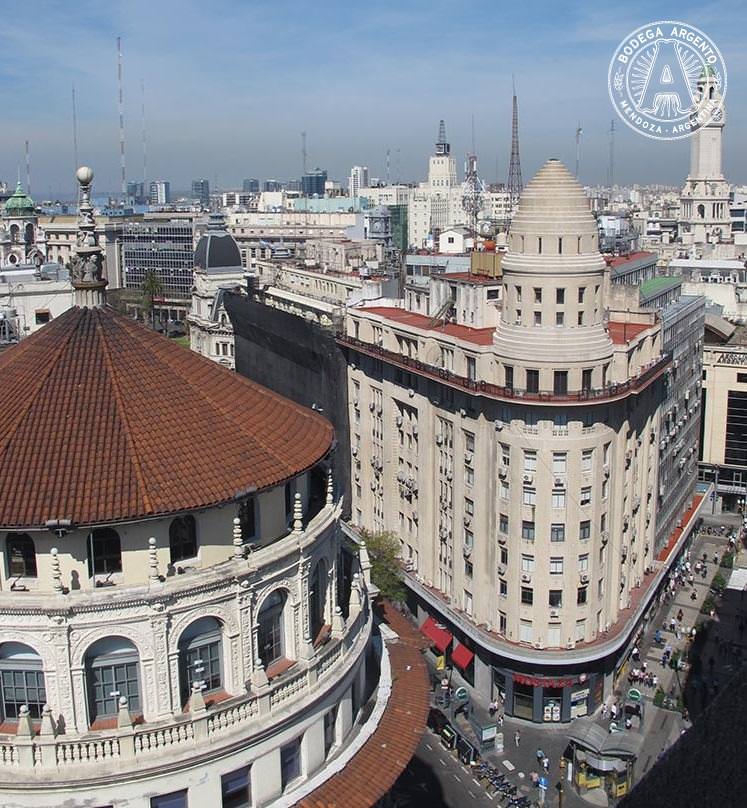
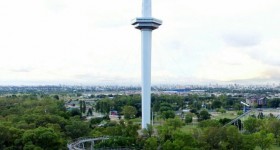 6 TOP PICKS FOR OPEN HOUSE BSAS
6 TOP PICKS FOR OPEN HOUSE BSAS 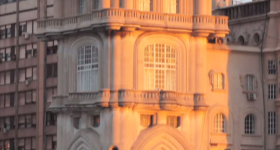 The Best of Buenos Aires Architecture (Including Five Quirky Finds…)
The Best of Buenos Aires Architecture (Including Five Quirky Finds…) 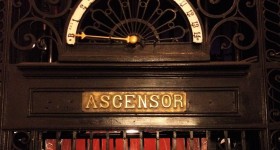 FREEMASONRY AND BUENOS AIRES’ MOST IMPORTANT BUILDINGS
FREEMASONRY AND BUENOS AIRES’ MOST IMPORTANT BUILDINGS 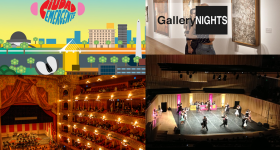 Buenos Aires Autumn – Winter 2015 Cultural Agenda
Buenos Aires Autumn – Winter 2015 Cultural Agenda 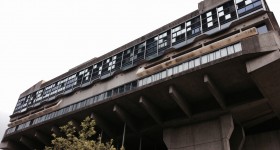 CLORINDO TESTA: OFTEN A NATION’S HISTORY IS REFLECTED IN ITS BUILDINGS
CLORINDO TESTA: OFTEN A NATION’S HISTORY IS REFLECTED IN ITS BUILDINGS 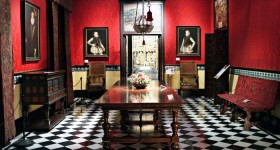 TOP FREE THINGS TO DO IN BUENOS AIRES
TOP FREE THINGS TO DO IN BUENOS AIRES 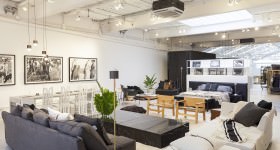 THE ULTIMATE CONCEPT BOUTIQUES IN BUENOS AIRES
THE ULTIMATE CONCEPT BOUTIQUES IN BUENOS AIRES  Hot Fest Buenos Aires: An Argentine Music Festival
Hot Fest Buenos Aires: An Argentine Music Festival 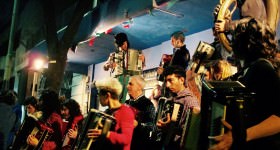 Musings on La Noche de los Museos
Musings on La Noche de los Museos 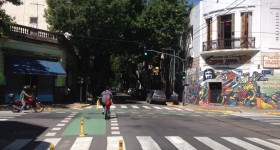 THE BEST CORNERS IN BUENOS AIRES FOR ANY SOCIAL OCASSION
THE BEST CORNERS IN BUENOS AIRES FOR ANY SOCIAL OCASSION 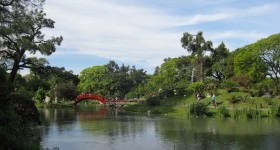 The Best Parks and Open Spaces in Buenos Aires
The Best Parks and Open Spaces in Buenos Aires 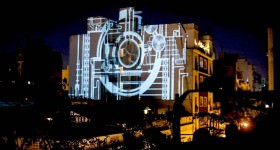 AL VER VERÁS – A VERY BUENOS AIRES ART INTERVENTION
AL VER VERÁS – A VERY BUENOS AIRES ART INTERVENTION